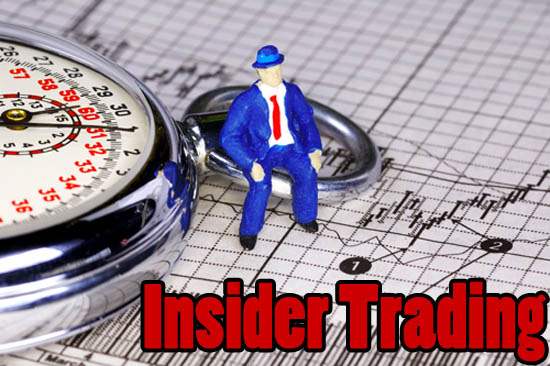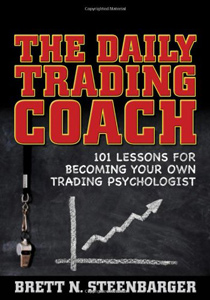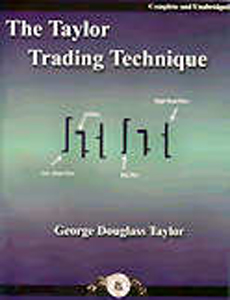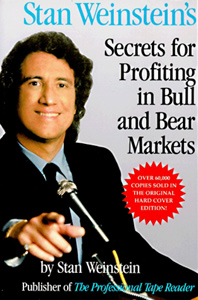A Short History of Insider Trading In Australia

Further Reading
Insider trading breaches has surged according to an ABC interview with Australian Securities and Investments Commission (ASIC) deputy chairman Belinda Gibson. ASIC claims that it is receiving 200 alerts a day in relation to suspicious trading activity relating to the usage of privileged information not available to the public. There have been more insider trading breaches in the past three years than in the entire previous decade. From 2008 to 2011, ASIC had won 11 convictions for insider trading, with seven cases undecided. From 1998 to 2008, ASIC had won 10 cases of insider trading and lost 5 cases.
In a publication called Casino capitalism? Insider trading in Australia dating from 1991, talks comprehensively about: " Market observers have reported that it was seen "all the time involving brokers and institutions" or that they saw insider trading "... during the bull market". According to some financial advisers, "in terms of its frequency, insider trading is a small matter but it has the potential to destroy the market". Though dated, the publication written by Roman Tomasic still applies today.
Why is Insider Trading Illegal?
In a 2010 speech given by the then ASIC Chairman Tony D'Aloisio, he mention the current penalty regime for insider trading:
Currently, an individual who engages in insider trading in Australia and is found guilty of a criminal offence is subject to a maximum fine of $220,000 and/or five years imprisonment. For market manipulation, the punishment is a maximum fine of $22,000 and/or five years imprisonment.
A corporation found guilty of an offence for insider trading is liable for a fine of up to $1.1 million. For market manipulation, a maximum fine of $110,000 is applicable.
In the civil penalty regime, for both insider trading and market manipulation, an individual is liable for a fine of up to $200,000 and a corporation $1 million.
Insider trading attracts a harsh penalty as there is a large public cost to offenders unfairly exploiting the public market for their personal gain. It harms public perception and confidence in the market, potentially harming the integrity of the stock market's operations.
It is difficult to prove that someone is trading with privileged information. There is software out there that sifts through massive amounts of data attempting to find connections between different people in their trades and in their financial transactions. Once it goes to trial, it is difficult to prove what somebody actually knew, at what period of time and whether it was public information or not.
Australians Convicted of Insider Trading
- Rene Rivkin, in 2003 was found guilty of insider trading. He had purchased 50,000 Qantas shares after he acquired privileged information relating to the merger of Qantas and Impulse Airlines. He had purchased the shares just hours after speaking to the chairman of Impulse on 24 April 2001. The trade resulted in a profit of $2,664.94. He was convicted and sentenced to nine months periodic detention on weekends. He was banned for life from having a stockbroking licence.
- Simon Hannes, a senior executive at Macquarie Bank, bought in the name of "Mark Booth", call options for TNT at a cost of $90,000 prior to a takeover by the Dutch Postal service. After the bid the options were worth $2 million. He was also convicted under Financial Transaction Reports Act 1988 relating to the way he split his withdrawal transactions below $10,000 to stay under the AUSTRAC reporting threshold of $10,000.
- Steve Vizard, has been banned from managing any corporation for 10 years and ordered to pay pecuniary penalties of $390,000.
Further Reading:
- How to Trade Forex and Gold Options
- How to Trade the Gold Price and Profit!
- Forex Trading the EUR/USD Pair € EURO and $ US Dollar
- How to Trade Stock Market Indices S&P500
- How to Trade Crude Oil
- Forex Trading Psychology
- What Are Broker Recommendations?
- Free Tickets to Trading & Investing Seminar & Expo ($18) Brisbane 2013
- Stock Calc App
- All About Warrants
- Introduction to Exchange Traded Funds
- Introduction to Exchange Traded Funds: Features
- Introduction to Exchange Traded Funds: Domestic ETFs
- Introduction to Exchange Traded Funds: International ETFs
- Exchange Traded Commodities
- Australian Stock Scan
- Australian Online Share Trading
- List of Trading Books
- Interesting Thoughts about the Australian Dollar
- What's the Meaning of Hawkish?
- Do You Know How To Use the P/E Ratio
- Trading, Religion and Politics - Do They Have Anything in Common?
- Shares that are Volatile that Double and Half in the Short Term
- Telstra (TLS) T3
- Margin Call by E-mail
- The Cost of Holding a Position
- Lack of Disclosure: Compensation from ASX Listed Company
- Unrealistic Returns and Benchmarks
- CMC Markets Down
- Quality versus Quantity Forex Trading
- Woolworths 1H Sales $30.7bn up 3.2%
Date added 31-01-2013 - ASIC Fines CommBank's CommSec
Date added 25-09-2012 - Industry Super Network Calls to Ban High Frequency Trading (HFT)
Date added 22-09-2012 - NAB Launches Online Share Trading Platform
Date added 19-09-2012 - Reserve Bank of Australia Says 23 Countries Holding AUD
Date added 18-09-2012 - Australia Post Digital Mailbox
Date added 10-09-2012 - Winners and Losers of Trading for Week 2
Date added 16-01-2012 - 2012's First Week of the Best and Worst Traded Stocks
Date added 09-01-2012 - 2011's Last Best and Worst Traded Stocks
Date added 05-01-2012 - Best and Worst Pre-Christmas Traded Stocks
Date added 30-12-2011 - Trading Winners and Losers for Dec. 12-16
Date added 19-12-2011 - Best and Worst Traded Stocks for Dec. 5-9
Date added 13-12-2011 - Top 3 Best and Worst Traded Stocks
Date added 05-12-2011 - ASX Glitch Trading Halt
Date added 27-10-2011 - Worst Trade Stocks (and the Best)
Date added 06-08-2011
Top 150 Public Companies Listed on the Australian Stockmarket as at 29/05/2009
- BHP Billiton
- Westpac Banking Corporation (WBC)
- Commonwealth Bank of Australia (CBA)
- National Australia Bank (NAB)
- Telstra (TLS)
- ANZ
- News Corporation (NWS)
- Woolworths Limited(WOW)
- Woodside Petroleum Limited (WPL)
- Rio Tinto
- Westfield Group (WDC)
- Westfarmers Limited (WES)
- QBE Insurance
- CSL
- Newcrest Mining Limited (NCM)
- Origin Energy Limited (ORG)
- Santos Limited (STO)
- AMP Limited (AMP)
- Macquarie Group (MQG)
- Foster’s Group Limited (FGL)




